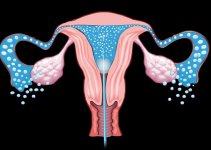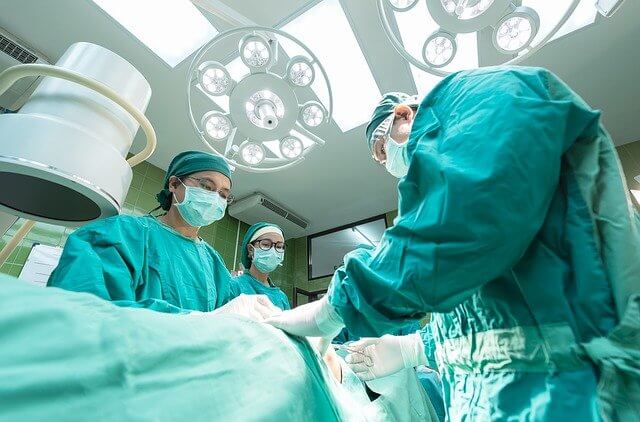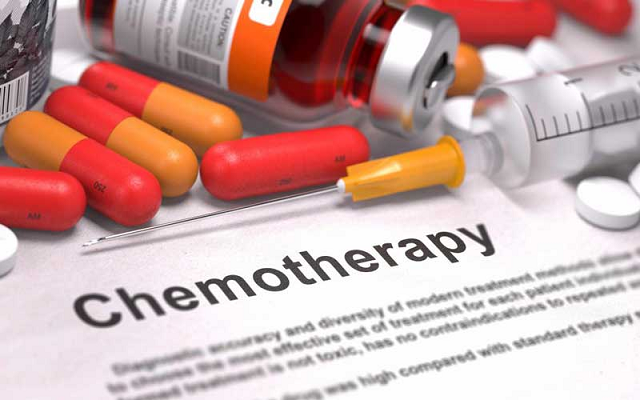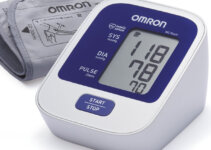Endoscopy is seen as one of the very important medical techniques introduced thanks to the advancement in technology. With various diseases being discovered in the internal parts of the body in recent times, endoscopy is used in medicine to look inside the body. This process allows the medical practitioner to detect the actual issue and diagnose it as required.
While this process has been widely embraced in the medical world in Nigeria, the main talking point still remains the price it comes at. In this post, we will take a look at how much endoscopy go for in Nigeria and core things to know about the process.

How Much does Endoscopy Cost in Nigeria?
Endoscopy is getting more popular in Nigeria thanks to its rising importance in the medical world today. Like most other medical techniques and processes, endoscopy comes in different types and they vary in prices. As it stands. The upper and lower endoscopy are the two main types available today and they depend on the site in the body the technique is to be carried out.
As it stands, the Upper endoscopy is the most common in Nigeria and also the cheapest. Usually, the process can be done for anything between N40, 000 and N100, 000 depending on the clinic or hospital you are using. Lower gastrointestinal endoscopy is gradually becoming more common in Nigeria and in most medical centres and clinics, it costs between N45, 000 and N65, 000.
What You Should Know about Endoscopy
Endoscopy is a non-surgical technique used to scan an individual’s gastric tract. During the process of endoscopy, a springy tube that has light and camera carefully attached which allows the doctor to view pictures of the patient’s digestive tract on a TV monitor.
During the process of upper endoscopy, an endoscope is passed through the mouth through the throat and into the oesophagus, which allows the examiner to see through the oesophagus and upper parts of the small intestine. Also, endoscopes can be passed into the colon, in certain cases, through the rectum to study the area of the intestine.
There is a special type of endoscopy referred to as endoscopic retrograde cholangiopancreatography, which is also called ERCP. This type of endoscopy allows examiners to see through the pancreas, gallbladder and other similar structures inside the body. This process is also used for stent placement. Another related process is Endoscopic ultrasound (EUS). This process combines upper endoscopy and ultrasound analysis to obtain imageries and info about various parts of the digestive systems.
When do Doctors recommend Endoscopy?
Endoscopy is one of the most important medical techniques today. Usually, doctors recommend endoscopy when they notice one or more of the following:
- Constant Stomach ache
- Ulcer
- Gastritis
- When a patient has difficulty swallowing
- Digestive tract bleeding
- Chronic constipation
- Growth in the colon
While these are the main reasons medical doctors recommend endoscopy, they can also be recommended for the use of removal of tissues, usually called biopsy to inspect the presence of diseases. Endoscopy is also used to treat a gastric tract problem. For instance, the process might not only discover active bleeding from an ulcer, but devices can also be passed through the endoscope to help stop the bleeding. Also, gallstones that have passed outside the gallbladder and into the bile duct can often be removed with the use of ERCP.
Risks Associated with Endoscopy
Endoscopy is generally seen as a safe procedure that is done under careful invigilation and study. The main risks associated with this process includes inherent infection within affected areas, over-sedation, puncture or a tear of the stomach or oesophagus lining during the process and bleeding. While perforation usually requires surgery, certain circumstances may be cured with antibiotics and intravenous fluids. Bleeding might occur at the location of a biopsy or polyp removal. Such archetypally minor bleeding may stop on its own or be managed by cauterisation. Surgery are usually not necessary to curb these complications.
Other minor risks may include how patients react to drugs and complications related to other infections the patient may have. This is why it is very important patients inform their doctor of all allergic propensities and medical issues. Sometimes, the location of the sedative injection may become swollen and tender for a short time. This is regularly not severe and warm bandages for a few days are usually helpful. While any of these difficulties may possibly occur, it is essential to note that each of them happens on very rare occasions. Other issues noticed post-endoscopy should be discussed immediately with the medical doctor.
How Do Patients Prepare for Endoscopy?
Gut Preparation
Inspecting the upper digestive tract requires fasting for between 6 to 8 hours before to the procedure. To observe the colon, it is required it is clear of stool. Hence, a laxative or group of laxatives will be given to the patient a day or many hours before the procedure.
Sedation
For most check-ups with an endoscope, a sedative is usually provided. This increases the ease of the patent undergoing the examination. The sedative is usually administered either via an injection into the vein or drugs and produces relaxation and light sleep.
While the patients usually wake up within an hour after the procedure, the sedative usually lasts for quite a while and the patient might still be feeling it the following day. General anesthesia is given on very special occasions and might make the patient sleep for a prolonged period of time.
Related Stuff
- Me Cure Nigeria Price List (April 2024)
- Cost of Ultrasound Scan in Nigeria (April 2024)
- Cost of Pap Smear in Nigeria (April 2024)
- Nordica Fertility Centre Price List (April 2024)
- Synlab Price List (April 2024)
- The Cost of Hysteroscopy in Nigeria (2024)
- Cost of Chemotherapy in Nigeria (2024)
- Cost of HSG Test in Nigeria (April 2024)
- Omron Blood Pressure Machine Prices in Nigeria (2024)
- Cost of Laparoscopy in Nigeria (April 2024)
- Cost of Radiotherapy in Nigeria (April 2024)
- Cost of Medical Exam for Canada Immigration in Nigeria
- Cost of Fibroid Surgery in Nigeria (April 2024)
- Cost of Dental Braces in Nigeria (April 2024)
- Cost of Tuberculosis Test in Lagos Nigeria (April 2024)
- Cost of Treating Hepatitis B in Nigeria (2024)
- Cost of IVF in Nigeria (2024): All You Need to Know
- Cost of PCR Test in Nigeria (April 2024)
- Cost of Kuding Tea in Nigeria (2024)
- Sphygmomanometer Prices in Nigeria (April 2024)
- The Cost of IUI in Nigeria (2024)
- Glucometer Prices in Nigeria (April 2024)
- Fohow Products Price List (April 2024)
- Cost of Endoscopy in Nigeria (April 2024)
- Cost of Dialysis in Nigeria (April 2024)
- Cost of DNA Test in Nigeria (April 2024)
- Cost of MRI in Nigeria (April 2024)
- Best Hospitals for Kidney Transplant in Nigeria (2024)
- The Cost of Kidney Transplant in Nigeria (2024)
- Afriglobal Medicare Price List (April 2024)





